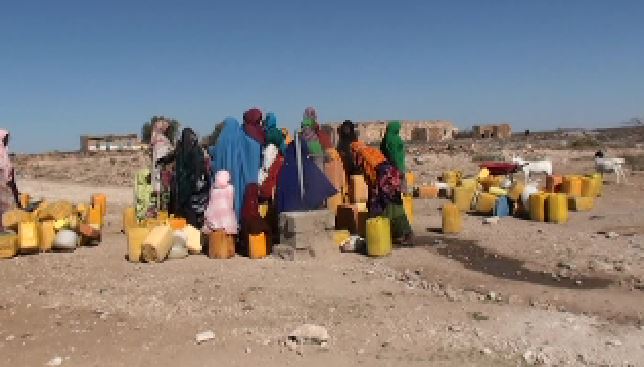“Climate change continues to induce recurrent droughts and erratic weather patterns resulting in widespread displacement, hunger, malnutrition and increased poverty. The negative rainfall anomalies, coupled with the outlook of depressed rainfalls in the country in November, indicate that they will not be enough to mitigate the drought conditions we’re witnessing,” said Ugo Leonardi, SWALIM Technical Adviser.
The severe drought conditions come at a time when an estimated 3.5 million Somalis already face acute food insecurity, and the number of severely malnourished children is also on the rise.
The drought conditions triggered by failed rains have already destroyed crops and killed livestock. Farmers and herders are forced to walk increasingly long distances in search of pasture and water, and the drought has had a devastating impact on their lives and livelihoods.
Some pastoral communities in Juba and Galmadug regions have already been displaced and are making their way to towns and IDP camps after losing most of their livestock.
In addition, the persistent drought conditions have contributed to rapidly declining household purchasing power. A situation that is worsening as international prices reached a ten year high in October with imported rice prices in northern and central Somalia up by 50 percent and the prices of maize and sorghum up 30-60 percent in southern markets due to low supply.
With current weather forecasts and persistent conflict present in parts of the country, food insecurity is projected to worsen significantly through May 2022, with many families expected to experience increased hunger and erosion of their capacity to cope with these multiple crises.
“The impact of the worsening drought on vulnerable rural populations is extremely worrying. Without rapid action by all actors, rural communities will face difficult choices in coming months as they become unable to feed their families,” said FAO Representative Etienne Peterschmitt.
FAO urgently requires USD2.35 million to protect pastoralist assets through livestock treatment for 15 million animals and USD1.8 million to meet the food needs of 12,500 rural households in southern Somalia.






